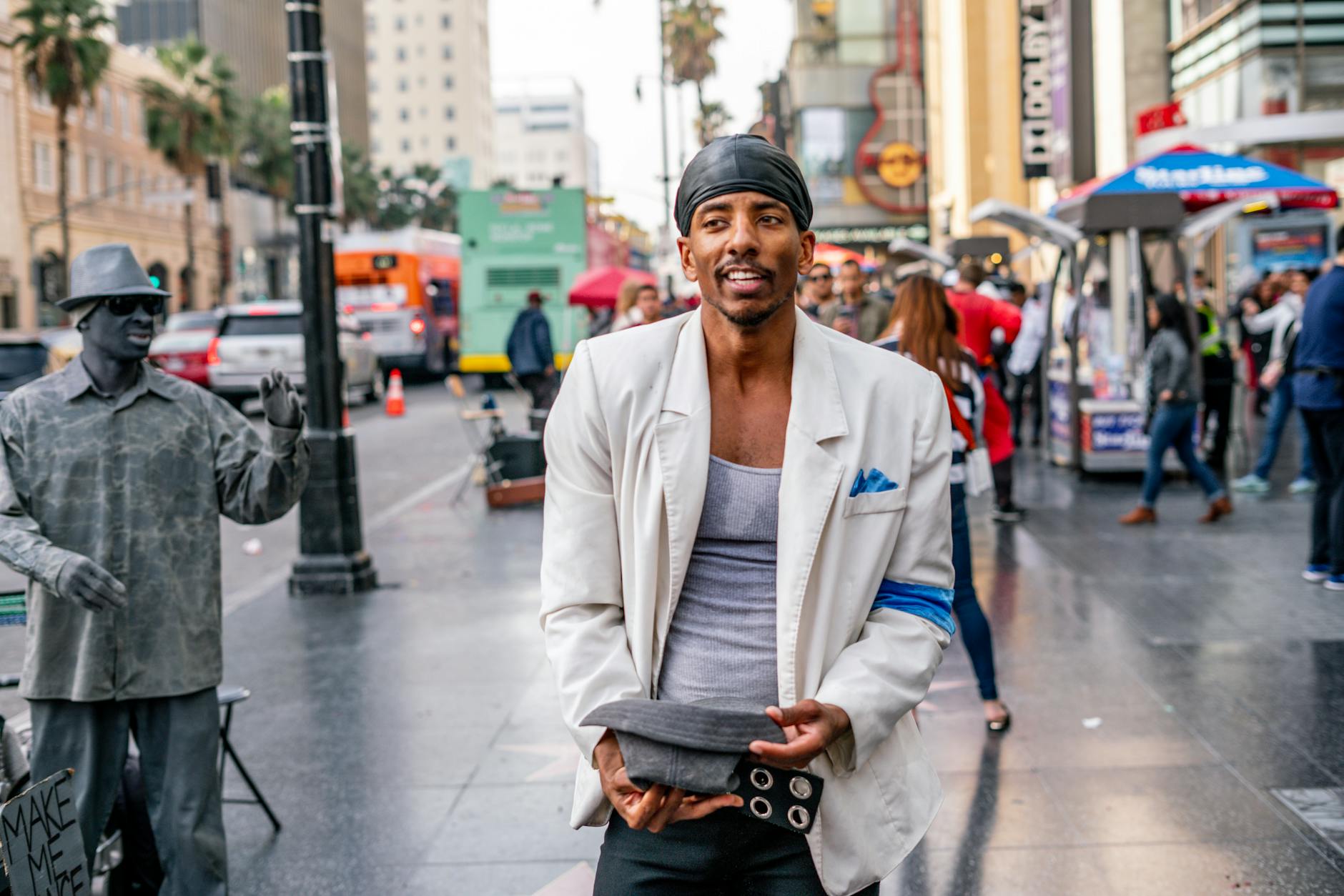As Waymo navigates through the bustling streets of regulatory approval, their latest endeavor to introduce autonomous taxis into New York City's intricate ecosystem underscores a tangible shift in how urban mobility might evolve. Securing a permit to operate self-driving Jaguar I-Pace vehicles, albeit with a human safety operator, marks a significant stride not only for Waymo but also for the broader autonomous vehicle landscape. This initiative, reported by TechCrunch, might indeed be viewed as a pioneer move in the bustling urban sprawl of NYC, but it also throws into sharp relief the myriad challenges and complexities that such technologies must navigate.
Any discussion on autonomous vehicles in New York must begin with an acknowledgment of the state's notably stringent regulatory framework. New York's laws necessitate that any motor vehicle operator must maintain at least one hand on the steering mechanism at all times, a clear barrier to the roll-out of fully autonomous vehicles. Waymo's current application, requiring a human operator ready to take control, is a compromise, a stepping stone meant to prove the viability and safety of the technology under rigorous urban conditions.
But the implications of Waymo's move extend beyond mere compliance with existing laws. The company’s initiative to engage with local organizations such as MADD NY and the National Federation of the Blind signifies a strategic effort to build community trust and support. This community engagement is crucial, particularly in a city where public and political opinions can significantly influence regulatory decisions. This approach not only helps in tailoring the autonomous technology to meet specific local needs but also positions Waymo as a proactive participant in the city's transportation ecosystem, rather than an external disruptor.
Comparison with other cities like San Francisco, where Waymo has already established operations, also provides valuable insights. Both cities present a complex interplay of pedestrians, cyclists, and motor vehicles that test the limits of autonomous vehicle technology. Yet, New York amplifies these challenges with its sheer scale and density. Successful navigation of San Francisco's streets does not guarantee similar outcomes in New York, but the lessons learned can inform strategies and expectations, potentially smoothing Waymo's path forward.
However, it is essential to note that previous attempts by companies such as Mobileye and Cruise to test autonomous vehicles in NYC have not culminated in sustained operations. These precedents serve as a cautious reminder of the potential hurdles that Waymo might face, from heightened regulatory scrutiny to unforeseen operational challenges in such a dynamic environment. The history of technological advancements in urban settings is replete with initial setbacks and iterative adaptations, and Waymo's journey may well follow this familiar route.
Furthermore, as Waymo pushes for changes in state law to facilitate fully autonomous operations, the broader implications for urban governance and regulatory frameworks cannot be overstated. This scenario presents a quintessential example of technology outpacing legislation, a common theme in the tech-centric discourse found on platforms like Radom Insights. How lawmakers respond to Waymo's advocacy efforts may set precedents that affect not only New York but potentially influence autonomous vehicle legislation nationwide.
In conclusion, Waymo’s foray into New York City is not just about testing a new technology but is a litmus test for urban adaptation to autonomous vehicles at a larger scale. The outcomes of these tests could significantly influence future urban transportation policies and the acceptance of autonomous vehicles in other cities globally. As this technological narrative unfolds, it will be crucial to monitor how well advanced systems like Waymo's can integrate into the complex tapestries of cities like New York, balancing innovation with safety, efficiency with empathy, and progress with prudence.



